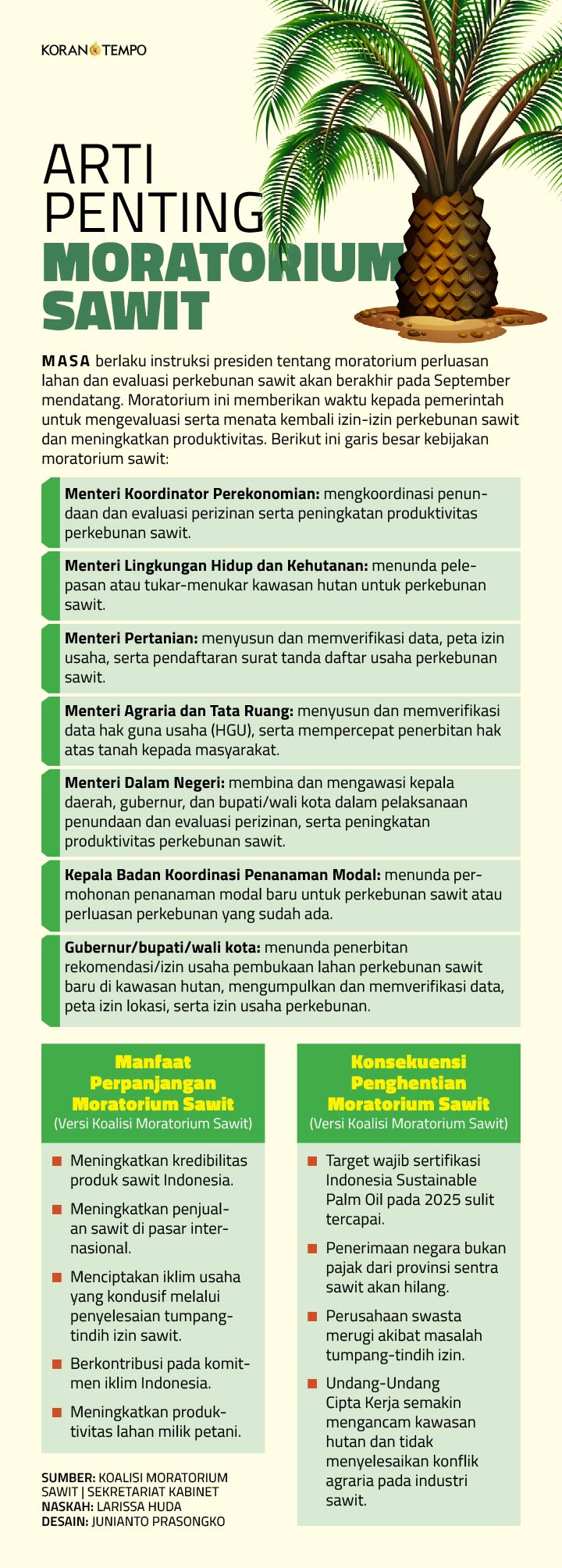
Exploring the Moratorium Landscape
In the realm of policy and governance, the concept of a moratorium often sparks heated debate and discussion. It represents a temporary halt or suspension of a particular activity or process, typically enacted to allow for further assessment, evaluation, or consideration of potential impacts. Understanding the implications of such a moratorium is crucial for stakeholders across various sectors.
Defining the Moratorium
At its core, a moratorium serves as a tool for decision-makers to pause and reflect on the consequences of their actions. Whether it pertains to environmental regulations, land use policies, or technological advancements, a moratorium offers a period of respite from ongoing activities to evaluate their long-term effects. By temporarily halting certain activities, policymakers aim to gain insights into potential risks and benefits, paving the way for informed decision-making.
Navigating Complexities
However, implementing a moratorium is not without its challenges. Balancing the need for precaution with the desire for progress requires careful consideration of various factors, including economic, social, and environmental impacts. Stakeholders often find themselves grappling with competing interests and priorities, making the decision-making process inherently complex. Moreover, determining the scope and duration of a moratorium necessitates thorough analysis and consultation with relevant stakeholders to ensure effectiveness and fairness.
Assessing Impacts
One of the key implications of a moratorium lies in its impact on affected parties. While it may provide a temporary reprieve for certain stakeholders, such as environmental advocates or community activists, it can also pose challenges for others, such as businesses or industries reliant on the suspended activity. Understanding these disparate impacts is essential for policymakers tasked with striking a balance between competing interests and ensuring equitable outcomes for all stakeholders involved.
Evaluating Effectiveness
Critically evaluating the effectiveness of a moratorium is essential for determining its success and informing future decision-making processes. This involves assessing whether the intended goals of the moratorium, such as protecting public health or preserving natural resources, have been achieved. Additionally, policymakers must consider unintended consequences and unintended outcomes that may arise as a result of the moratorium, such as economic hardship or social unrest.
Engaging Stakeholders
Effective stakeholder engagement is paramount in the context of a moratorium. Inclusivity and transparency are key principles that underpin meaningful engagement, ensuring that all voices are heard and considered in the decision-making process. By fostering open dialogue and collaboration among diverse stakeholders, policymakers can enhance trust, build consensus, and develop more robust and resilient policies that reflect the needs and aspirations of the community as a whole.
Charting a Path Forward
Ultimately, understanding the key implications of a moratorium requires a nuanced appreciation of its multifaceted nature. By acknowledging the complexities involved and engaging in thoughtful dialogue with stakeholders, policymakers can navigate the challenges posed by a moratorium more effectively. With careful consideration and strategic planning, moratoriums can serve as valuable tools for promoting sustainability, resilience, and equitable development in our ever-changing world. Read more about moratorium




